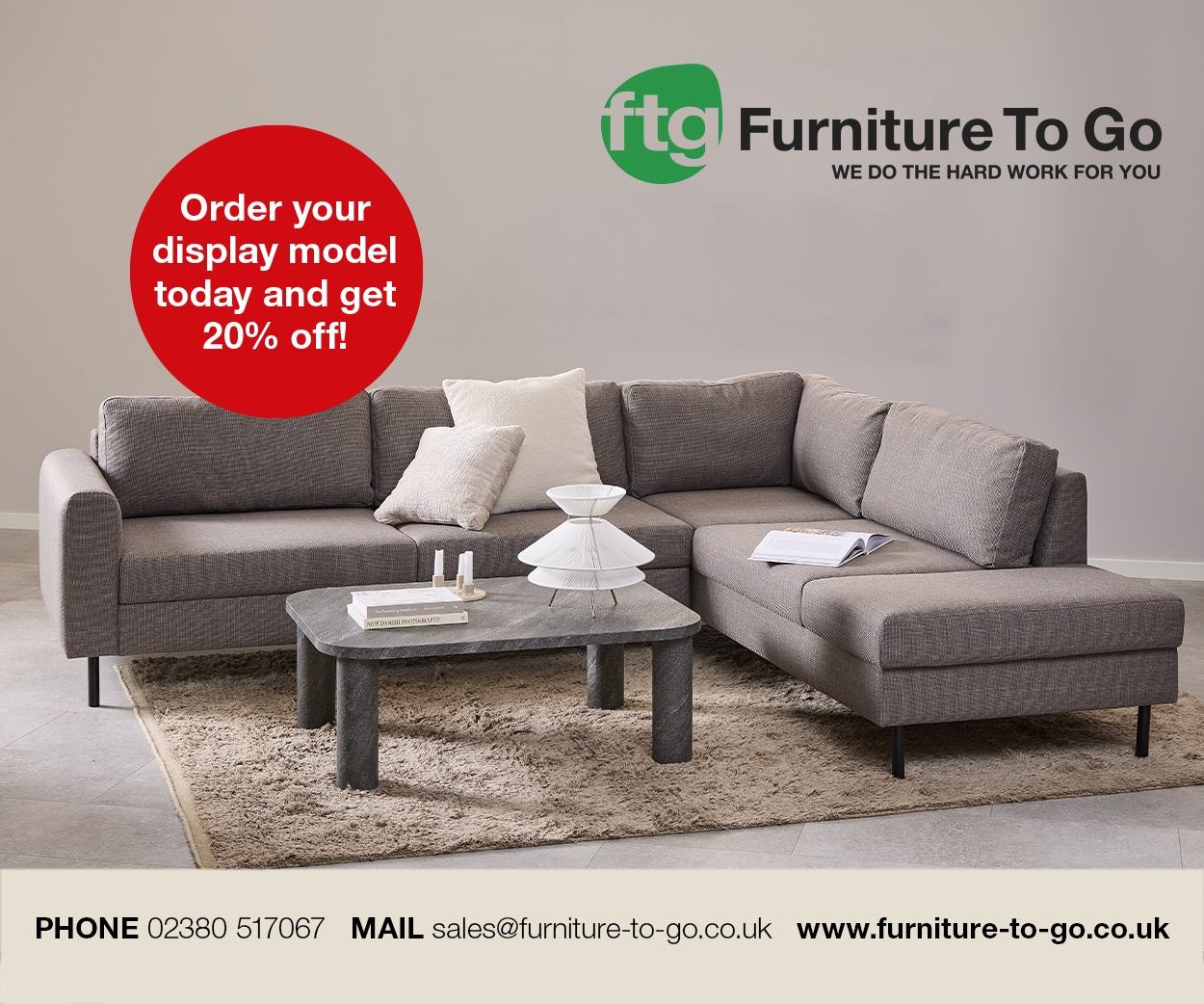Property size is often one of the most important features that British people look for in a new home, writes fitted furniture specialist Hammonds. But achieving this has become much harder over the years, with analysis by LABC Warranty showing that new homes in the UK have never been smaller.
To overcome this spatial challenge, millions of tenants and homeowners are now turning to creative furniture illusions, tweaks and adjustments. In doing so, it is becoming possible to make even the smallest room or property seem much larger.
Not having enough space to meet the needs of the people who buy them was a feature of homes that has already been highlighted in a 2015 report by the Royal Institute of British Architects (RIBA). That same publication also underlined the importance of space and its effect on quality of life. From practical considerations of storing possessions to the social impact of being unable to accommodate guests, a lack of space can have profound knock-on effects on virtually every aspect of our lives.
Of course, it is not within everyone’s power – or indeed budget – to find a home that comes with the ideal amount of space. Even for those living in larger homes, space constraints can be an issue. As only a third believe they will manage to upsize, here are some tips and hints on how to small tweaks, furniture illusions and other (often minor) home improvements can make a home feel much larger …
Colours and contrasts
Much like an optical illusion, the use of lighter, brighter colours when redecorating a room can make it feel much larger than it actually is.
White is a colour that often achieves the optimum effect in this sense, but softer blues and greens also prove highly effective. By using such colours, the natural light in a room is reflected more easily – perhaps even contrast with a lighter feature wall or trims to enhance the effect and make those walls and ceilings look like they have moved further away.
Storage solutions
If a room is on the smaller side, its ability to accommodate multiple items of furniture will be limited.
Take a bedroom, for example. A bed, it is perhaps wise to assume, is a must – but a wardrobe or chest of drawers might not be feasible. In such spaces, creative approaches are called for – companies such as Hammonds specialise in bespoke walk-in wardrobe and storage solutions to achieve just this. With options including pull-out rails and racks, customers can easily maximise their storage potential.
Lighting and mirrors
Light has an important role to play in helping people make the most of their available space at home. The colour of the room aside (as discussed above), using mirrors create furniture illusions with much the same effect, reflecting natural light around a room and increasing one's perception of the space.
It is also worth ensuring any room has a healthy and uninterrupted flow of natural light if possible. If not possible, enhance the light there is with wall lights in corners and alcoves or humble table lamps.
Clearing that clutter
Clutter is often used as a byword for virtually anything that does not serve a genuine purpose. But it is important to rethink the number of items taking up space in a room.
Of course, there is a balance to be struck. On one hand, things like books and other bric-a-brac reflect a unique personality. On the other, however, something such as an extensive DVD collection can make a room seem much smaller.
However, doing away with unnecessary clutter does not have to mean a complete clear-out.
Such furniture illusions, decoration tips and home improvements are just some of the solutions for making a room appear much larger to the eye. Everyone has their own preferred approach – but there is no reason why your customers cannot improve their spatial experience at home, and their wellbeing with it.
Pictured: Kitchen, courtesy Christian Mackie








